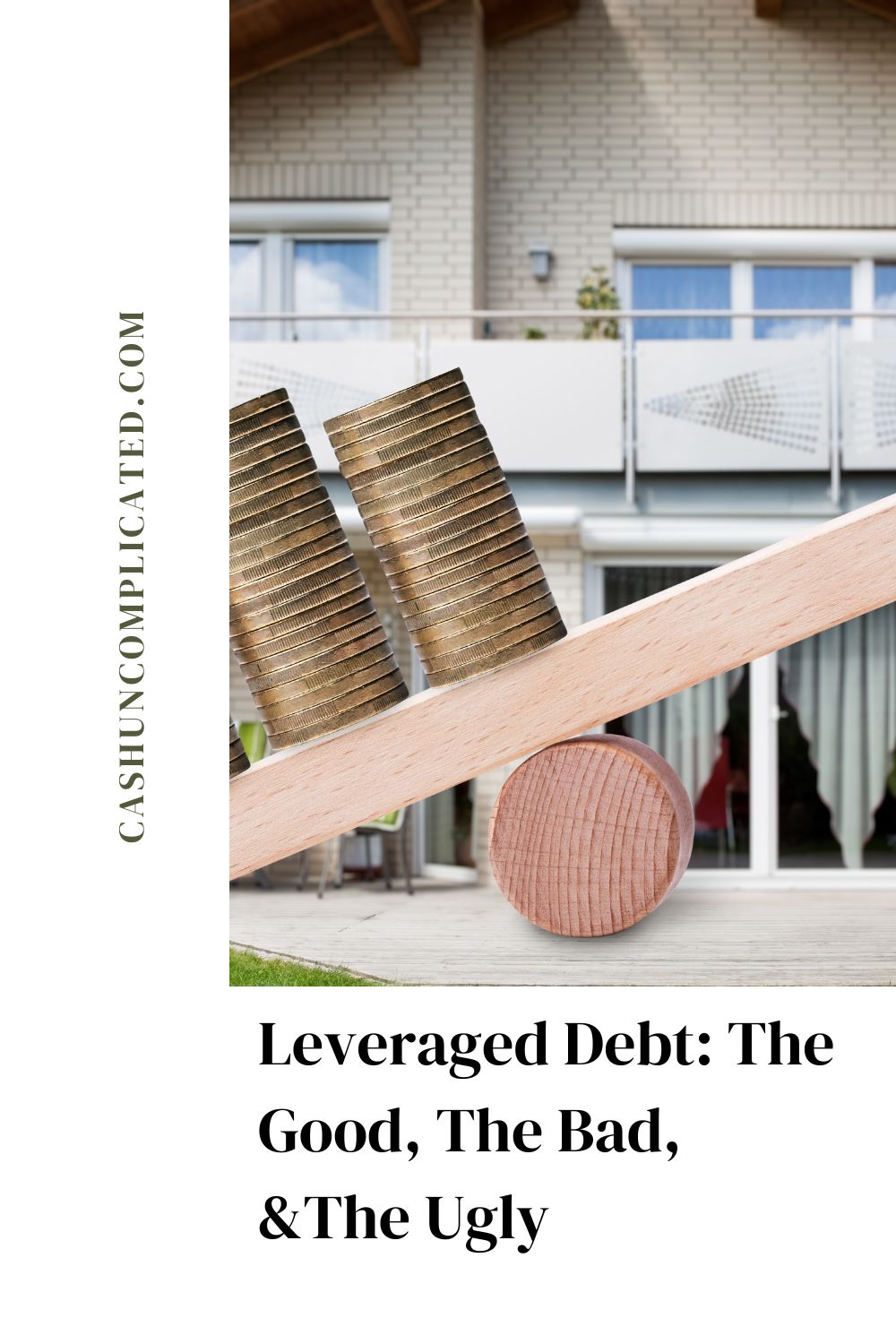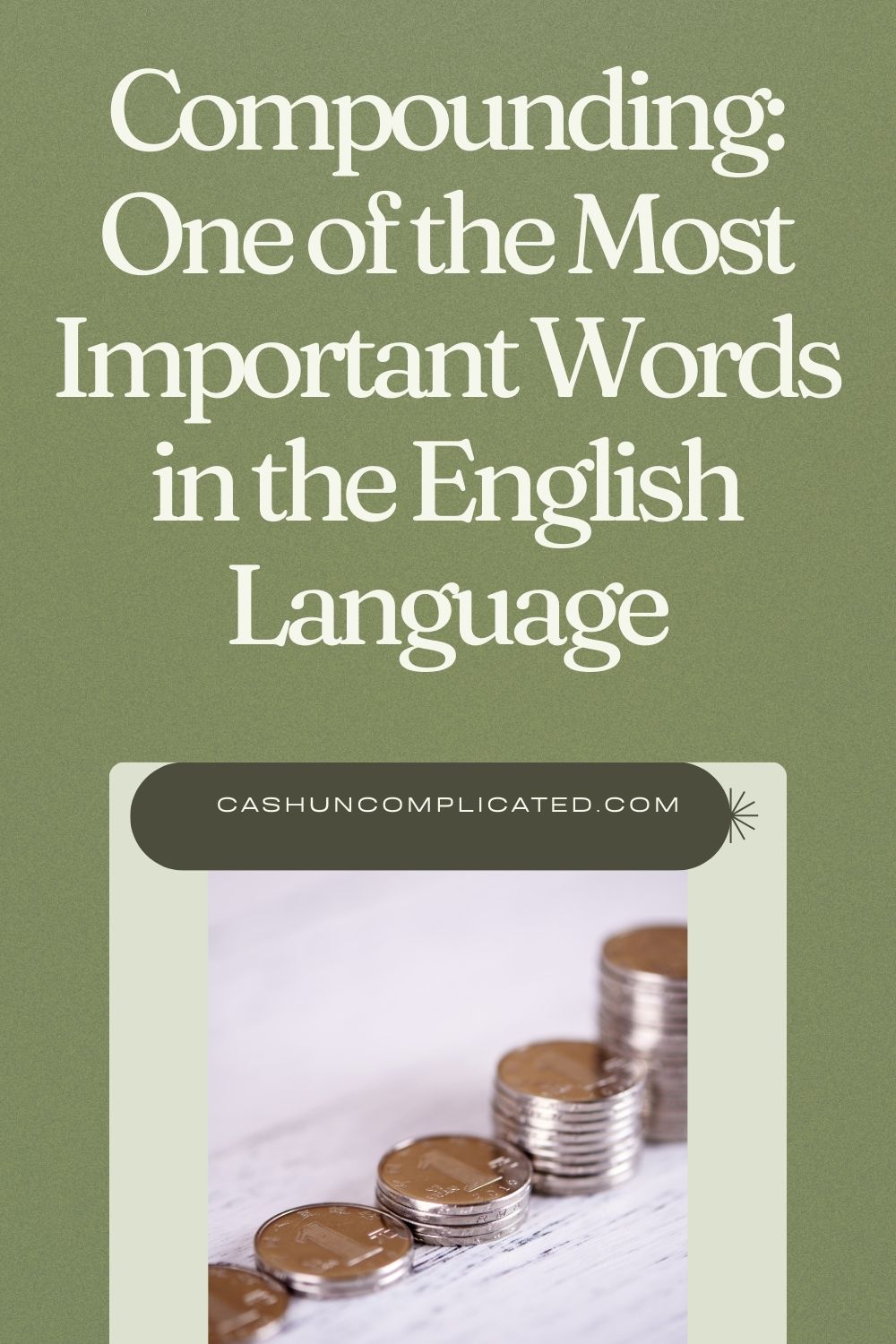Hi Aaron,
I recently bought a new 2021 4Runner, I put $10,000 down and still owe roughly $33,000. I love my car, I know it’s durable and will last a long time but I went from a very gas friendly economical car to this one which is horrible on gas and I also pay $550 a month in financing. I’m curious if there’s any point in trading it in for a vehicle that’s better on gas mileage and cheaper?
I’ve been very conflicted about this as soon as I bought this car and I just can’t decide if it’s worth going through the trouble of trading it in etc. I would still finance the trade it and I’m not sure how much my insurance would be affected. Any advice is greatly appreciated!
Thanks,
Allison
Thank you for the great question Allison! I think there are a few components to consider so I’ll cover each one. There’s the purely math side–including opportunity cost, car payments, and other expenses. Then there’s how much you value the car, and how keeping or selling the car aligns with your personal and financial goals.
From a purely math perspective, the new car is costing you a lot of money. There’s the upfront cost of your down payment (which is already paid for), the car payments of $550, higher fuel costs, depreciation of a high-cost vehicle, and taxes and fees.
Maintenance and repairs are likely to be inexpensive for the first few years since you purchased a high quality vehicle with a reputation for longevity. Insurance is typically higher for newer model vehicles. I would recommend contacting your insurance agent to get a side by side comparison of your current car versus a couple cars you would consider trading yours in for. That will give you exact numbers to work with.
Side by Side Comparison
In my book, I ran a side by side comparison of a 2019 SUV and a used 2016 four door sedan. Not exactly an apples to apples comparison because the vehicles are different makes, models, and years, but it did demonstrate how much less money a slightly used, fuel efficient sedan costs versus a newer less fuel efficient SUV.
In my scenario, the SUV cost $54,545 to own over a five-year period versus $34,116 for the four door sedan over the same time period. A difference of over $20,000. The numbers include car payments, depreciation, fuel costs, and other expenses.
Without running precise numbers, I would imagine the numbers are very similar for your situation. For my book, I used the Edmunds Cost to Own Calculator and would recommend that same calculator to make your comparison. That will allow you to enter the zip code you live in, along with the exact numbers that have gone into your car. You should be able to get a really good estimate from this. You can also compare your car to as many alternative makes and models you are considering.
Once you get a good side by side comparison, you can start looking at opportunity cost of your car versus other makes and models. Here’s a free compound interest calculator I like that you can use to calculate opportunity cost. To give very basic numbers, this is what opportunity cost would look like for the following scenarios:
- The cost difference between vehicles is $10,000, your opportunity cost over 30 years is $174,494 assuming a 10 percent rate of return.
- If the cost difference between vehicles is $20,000, your opportunity cost over 30 years is $348,988 assuming a 10 percent rate of return.
- If the cost difference between vehicles is $30,000, your opportunity cost over 30 years is $523,482 assuming a 10 percent rate of return.
Your numbers will likely fall somewhere in this range.
Beyond the Car Payments and Opportunity Cost: The Intangibles
The last factors, and maybe the most important, really aren’t math based. They’re more based on what you value and what your short, medium, and long term goals are.
You mentioned that you love your car. That’s saying a lot—it sounds like your new car is really high on your value scale and that you will keep it for a long time. There’s a lot to be said for that, even with the car payments.
Personal finance isn’t one size fits all—it’s more than just math and optimizing your financial situation. I think you ultimately need to decide whether to keep your new car or not after you run your numbers and compare that to how highly the car rates on your value scale. Some questions that might help you in your decision making process.
- What’s the total amount this car is going to cost me?
- Does keeping the car align with my life and financial goals?
- What’s the opportunity cost of the car payments and other expenses?
- What more closely aligns with my values: keeping the car or selling it?
- Can I reach my financial goals and keep the car at the same time?
Thank you for the great question Allison, appreciate you reaching out!
Aaron,
I’ve always heard that you have to make a lot of money to do things like invest and have a good emergency fund. How true is that?
Jay
I think back to what Robert Kiyosaki wrote in Rich Dad Poor Dad, it’s not how much you make, but about how much you keep. It sounds obvious, but one of the most crucial elements to financial success is how much you keep and invest.
Someone can make several million a year, and also spend several million a year. At the end of the year, they may be breaking even or even be in the red. Which isn’t helpful to long term financial success. Think about all the celebrities you hear about going broke after years of stardom. The reason is simple—they aren’t keeping enough.
Conversely, someone could be making $40,000 per year and invest a high percentage of their income. It’ll be a slow process, but their money will compound, and they eventually will be wealthy. The more they invest, the faster the money will compound.
I’m not saying how much someone makes isn’t a factor. If you do a side by side comparison of two people who follow the same exact financial principles and save and invest the same percentage of their income, the person making more will obviously be saving and investing more. The simple math for an easy comparison:
- $100,000 net income investing 50 percent at a 10 percent rate of return: $50,000 invested per year projected to equal $3,150,125 after 20 years.
- $50,000 net income investing 50 percent at a 10 percent rate of return: $25,000 invested per year projected to equal $1,575,062 after 20 years.
Following the same principles, the higher income earner will always win out. The great news is that both people won in this scenario. The higher income earner won as did the lower income earner. They’re both millionaires and on track to keep growing their money.
Thank you for the question!








